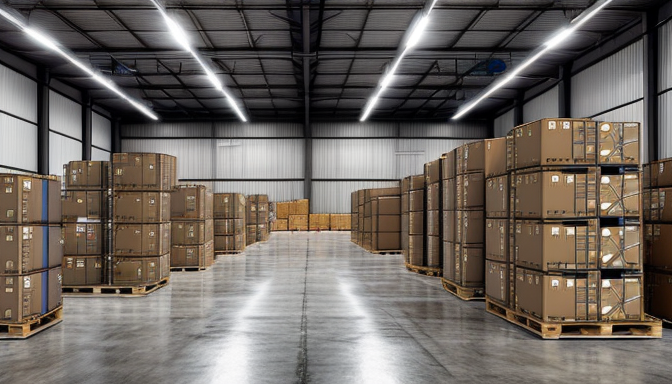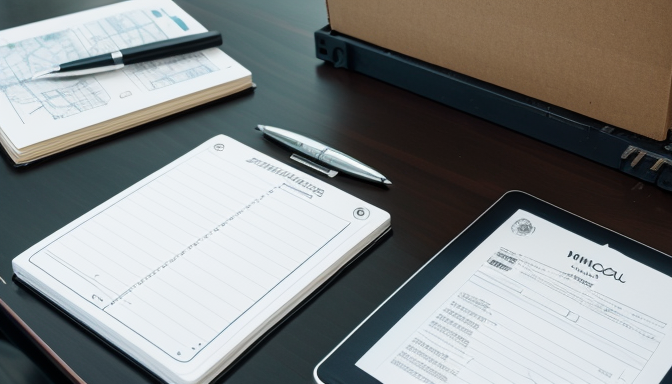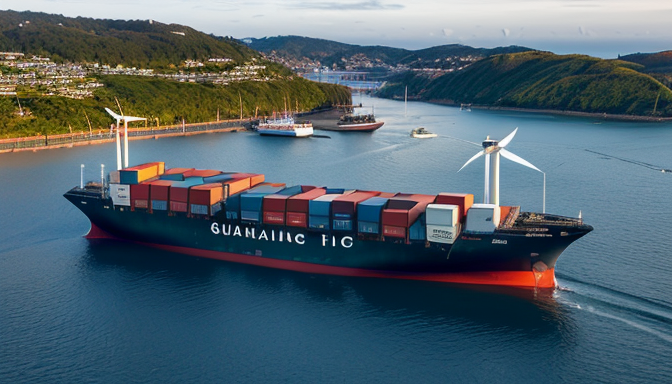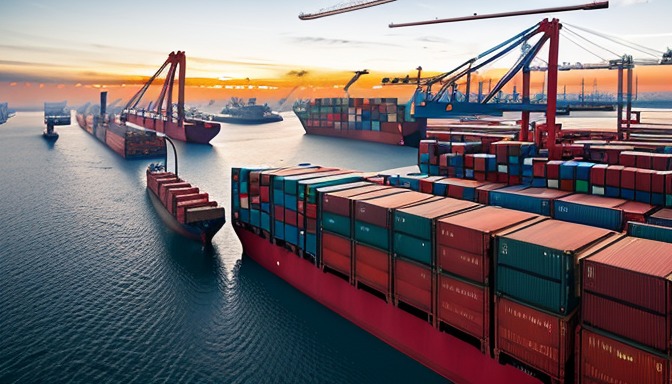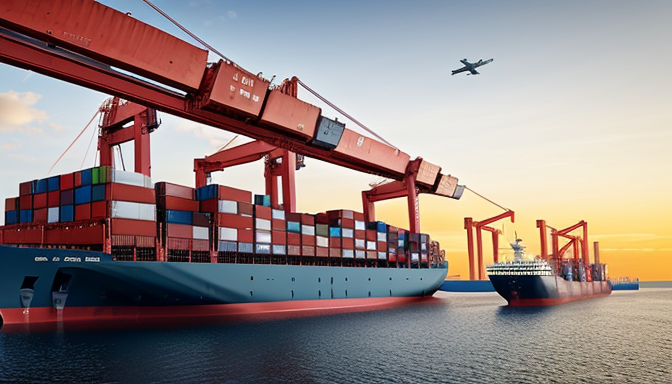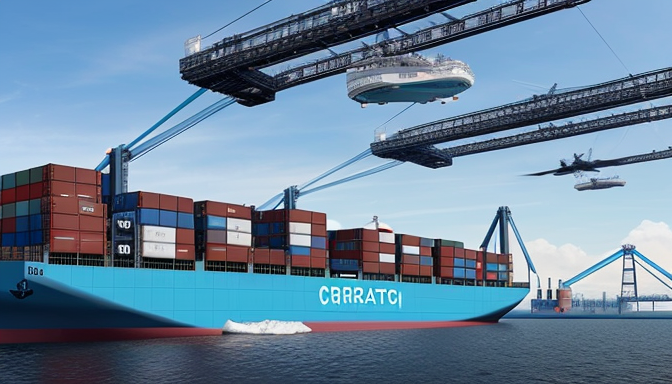The Hidden Costs of Shipping: Are You Paying Too Much?
Shipping is more than just a simple transaction; it’s a complex web of hidden costs that can catch even the savviest business owners off guard. Have you ever wondered why your shipping expenses seem to balloon unexpectedly? Well, it’s time to dive into the depths of global shipping trends, container systems, and port technology to uncover the truth. From fuel surcharges to unexpected customs fees, the landscape of shipping is riddled with surprises that can significantly affect your bottom line.
Let’s break it down. The shipping industry is constantly evolving, with advancements in container systems and port technology shaping the way goods are transported. For instance, the rise of mega-container ships has changed the dynamics of shipping costs. These vessels can carry thousands of containers at once, leading to economies of scale. However, if your business isn’t leveraging these advancements, you might be missing out on substantial savings. Additionally, global shipping trends indicate that fluctuations in fuel prices and international trade policies can further complicate your shipping expenses.
To really grasp the hidden costs, consider how port technology plays a role. Modern ports equipped with automated systems can significantly reduce loading and unloading times, but they also come with their own set of fees. Are you aware of how these costs are structured? Understanding the intricacies of these systems can empower you to negotiate better rates and streamline your logistics strategy. So, the next time you receive a shipping bill, take a moment to analyze it—there might be more to it than meets the eye!
Understanding Shipping Fees
Shipping fees can often feel like a black box, filled with hidden costs that can catch businesses off guard. Understanding these fees is crucial for anyone involved in logistics or e-commerce. Various factors influence shipping costs, including distance, weight, and the mode of transport. But did you know that global shipping trends and advancements in container systems also play a significant role? For instance, the rise of smart containers equipped with tracking technology has revolutionized how we perceive shipping efficiency. These innovations not only reduce costs but also enhance visibility throughout the shipping process.
Moreover, port technology has been evolving rapidly, impacting shipping fees directly. Modern ports are investing in automation and advanced logistics systems, which streamline operations and reduce turnaround times. This means that while the initial shipping fee may seem high, the overall efficiency can lead to significant savings in the long run. To illustrate this, consider the following table:
| Factor | Impact on Costs |
|---|---|
| Distance | Longer distances generally increase costs due to fuel and time. |
| Weight | Heavier packages incur higher fees, especially in air freight. |
| Container Technology | Smart containers can lower costs through better tracking and efficiency. |
| Port Efficiency | Automated ports reduce delays, thus lowering overall shipping expenses. |
Understanding these nuances can empower businesses to make informed decisions. Are you ready to dive deeper into your shipping strategy? By keeping an eye on these trends, you can potentially save a significant amount on your logistics costs!
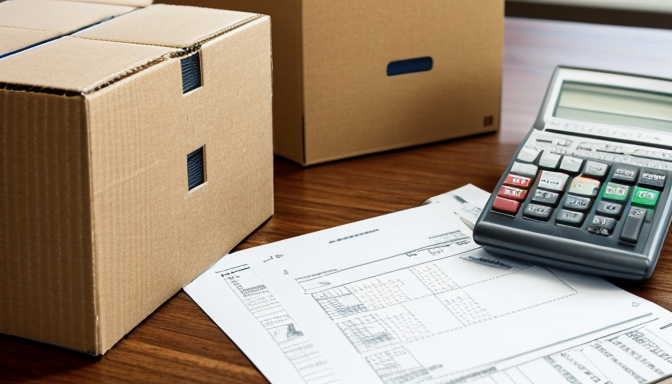
Strategies to Reduce Shipping Costs
When it comes to shipping, many businesses find themselves caught in a web of hidden costs that can quickly eat away at their bottom line. To combat this, it’s essential to adopt effective strategies that not only reduce expenses but also enhance overall logistics efficiency. So, how can you navigate these turbulent waters and keep your shipping costs in check?
First off, understanding the global shipping trends is crucial. With the rise of e-commerce, shipping demands have surged, leading to increased competition among carriers. By staying informed about these trends, businesses can negotiate better rates with shipping providers. For instance, knowing peak seasons can help you plan shipments in advance, avoiding the rush and potential surcharges.
Another key strategy is to leverage container systems. By optimizing how you pack and ship products, you can maximize space and minimize costs. This might involve using smaller containers for lighter items or consolidating shipments to fill a container fully. Additionally, employing advanced port technology can streamline the loading and unloading process, reducing turnaround times and saving money.
Finally, consider forming partnerships with logistics companies that offer flexible shipping solutions. These partnerships can lead to discounts based on volume or frequency, ultimately lowering your shipping costs. In conclusion, by staying informed about trends and optimizing your shipping practices, you can sail smoothly towards significant savings.
Frequently Asked Questions
- What are the main factors that affect shipping costs?
Shipping costs can be influenced by a variety of factors including package weight, dimensions, shipping distance, and the chosen delivery speed. Additionally, fees such as fuel surcharges and customs duties can also sneak in, making it crucial to understand all potential expenses.
- How can I identify hidden shipping fees?
To uncover hidden shipping fees, carefully review your invoices and shipping agreements. Look for charges like handling fees, residential delivery fees, and insurance costs that might not be immediately obvious. Keeping a close eye on these can help you avoid unexpected expenses.
- What strategies can I use to reduce my shipping costs?
There are several effective strategies to cut down on shipping costs. Consider consolidating shipments, negotiating rates with carriers, using flat-rate shipping options, or even exploring alternative shipping providers. Each approach can lead to significant savings while ensuring your products reach customers efficiently.
- Is it worth investing in shipping software?
Absolutely! Investing in shipping software can streamline your logistics operations, provide real-time tracking, and help you analyze shipping costs. It’s like having a personal assistant who ensures you’re not overpaying for services while enhancing customer satisfaction.
